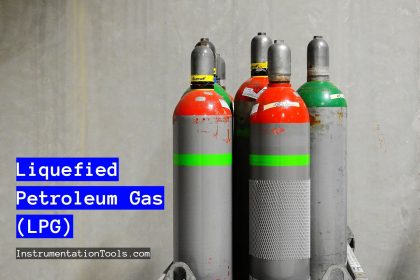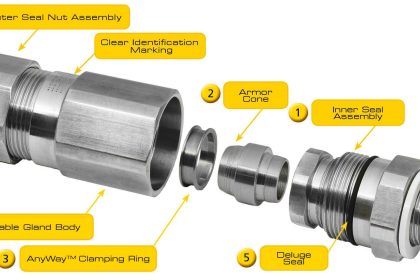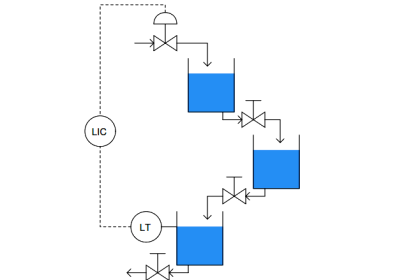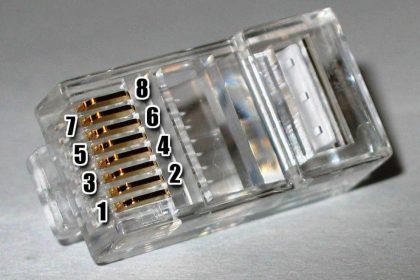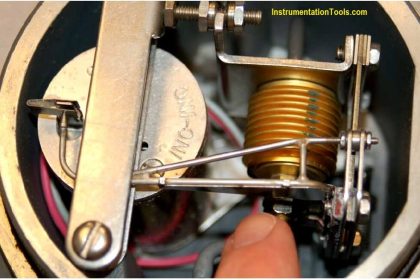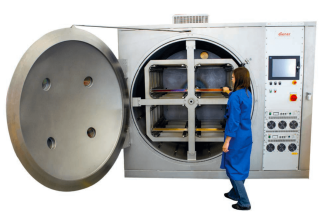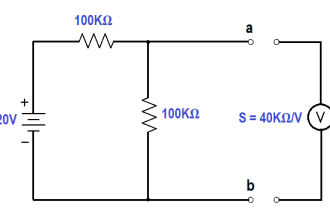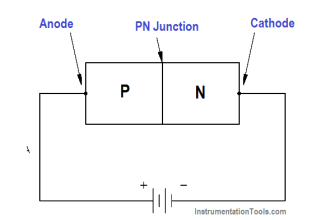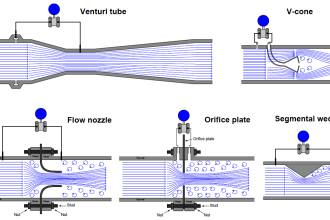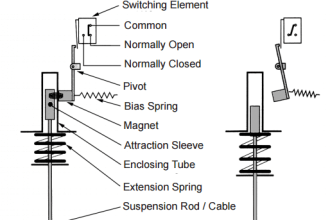The main aim of a measuring system is to presnt the data in an understandable manner to the user / observer. The data presentation device is called as an output device or terminating device.
The D’Arsonval movement is a current sensing mechanism which is used in DC Ammeter, ohm meter and Voltmeter.
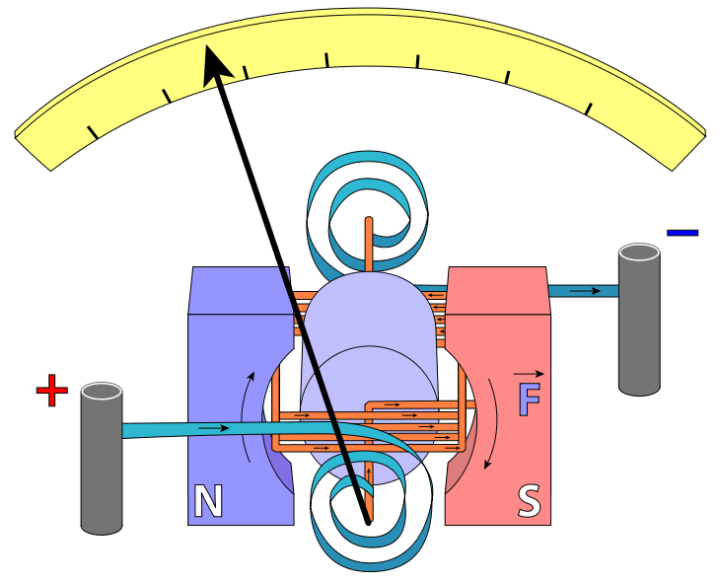
Priniciple of D’Arsonval Movement
When an electric current is passed through a coil placed in a magnetic field, it experiences a force. This force causes a torque in the coil that is fixed to a spindle. The spindle can rotate in fixed bearings.
The rotation of the spindle is proportional to the electric current passed through the coil. This torque that is produced is balanced after a movement against the restoring torques of springs. The torque that is produced that tends to rotate the spindle is termed as D’Arsonval Movement.
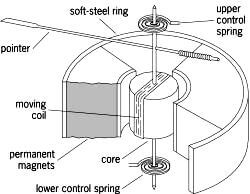
Description of D’Arsonval Movement
- The arrangement consists of a coil which is wound over an iron core (spindle).
- This spindle is place between the two poles of a horse shoe magnet.
- The spindle is attached at its end to bearings. Sprial and torsional springs are provided for restrotation of the system when the extraction is removed.
- A pointer is attached to the spindle that can sweep over the calibrated scale.
Operation of D’Arsonval Movement
- When a current is passed through the coil, it produces a force. Due to this force, a torque is produced in the spindle which rotates it.
- When the spindle rotates, it moves a pointer making it sweep over the calibrated scale.
- The spring produce a restoring torque. When this restoring torque becomes equal to the excitation torque, the pointer comes to rest.
- The rotational movement of the spindle is proportional to the supply (D.C) Current.
